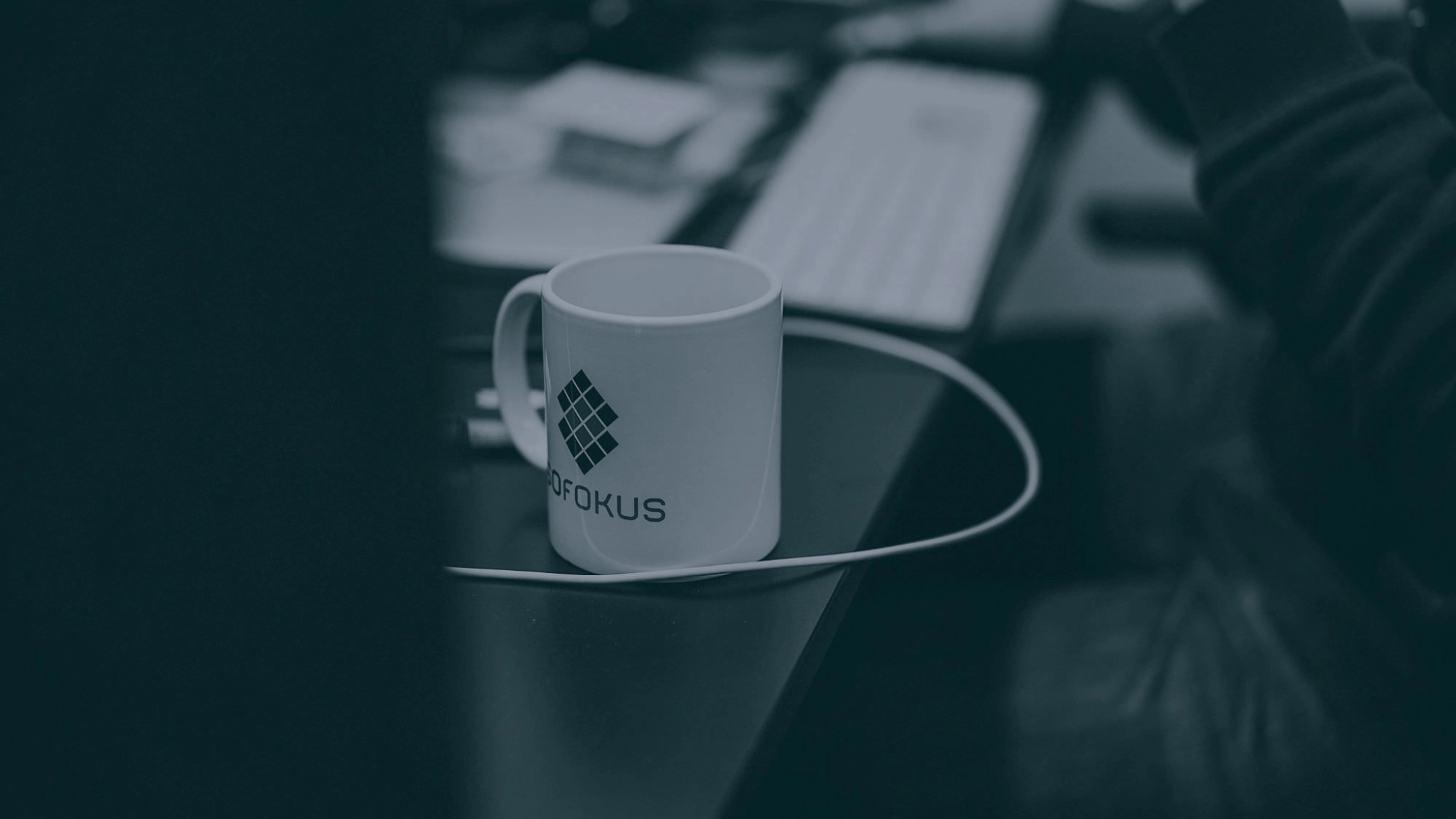
Five tips for preparing for the fourth era of ERPs
25 Nov 2021 • Strategy & Business Design
The fourth era of Enterprise Resource Planning (ERP) is emerging. Like Forbes Council Member Claus Jepsen put it: “Just as companies must transform to meet today’s challenges, the software vendors they rely on must also mutate their products to become a better fit for the next generation of organizations”. The same goes for businesses. If they wish to perform strongly in the future, they need to adopt postmodern strategies. This can happen through post-traditional means like technology or innovative thinking that goes beyond what was done before.
But where exactly should you start the process of preparing your ERP system for the future? In this blog post, I have gathered a list of five things to consider if you wish to transform your business threshold capabilities into strategic capabilities.
1. Understand the composable business era
A composable business era will transform the way we work with emerging technologies that enable composability in business processes, leading to composable enterprise applications. By composability, I mean the ability to separate applications so they can be composited together in different ways while also providing a foundation for integrating with third-party technologies.
Start with the mindset, lay out a roadmap, and then design a step-by-step program for digital transformation. The beauty of an API-led approach is that you can slowly but surely transform your technology, piece by piece.
2. Set outcome-based goals
The second stage is making sure your organization knows where it wants to go. That’s why I recommend defining clear goals and objectives using an outcomes-based approach instead of one based on technology or process limitations alone. This will create opportunities to increase engagement with users by delivering enhanced experiences through digital transformation initiatives, such as social collaboration platforms, portals and mobile technologies. All initiatives should also embrace next-generation architecture, which brings together cloud services, virtualization, and other emerging technologies into new composable infrastructure models.
Managing these changes requires an agile enterprise application integration environment and composability at all levels of integration, which will create a composable core, or “Digital Heart” like we here at Sofokus call it, in a someway modified form of ERP Product.
3. Explore composability in your infrastructure
Postmodern ERP strategies should include composability in integration across all applications and devices. Adding a modern API layer within an organization’s cloud services environment is the key for supporting changes in technology platforms that create new composable infrastructure models while also providing a foundation for integrating with third-party technologies.
Enterprise Resource Planning should also provide composability at all levels of integration from information to processes including how decisions are made based on real-time data analytics or through IoT initiatives such as smart sensors outfitted throughout organizations’ physical environments as businesses at FoodTech market leaders have achieved.
Data management, application development and deployment should support the changing methods of delivering enterprise business capabilities. In this composable core of ERP capabilities, the composability that separates applications becomes a foundation for composability in business processes and composability across applications.
4. Apply composability at all levels of enterprise architecture as well
Business requirements change frequently, and the composability features of an organization’s technology portfolio must keep pace with these changing needs. The ability to decompose, recompose and integrate different parts enables organizations to deliver composable capabilities that are not only more agile but also enable new ways of doing business. Composability should be designed into all layers of enterprise architecture from application development to data management, enabling applications to be configured dynamically based on context. This can result in up 75 % cost reductions by simplifying IT operations. Your solution must take this holistic approach if you want to build composable and agile business capabilities.
5. Embrace the change
The world is changing, and the way we do business must change with it. ERP has come a long way from its legacy roots. If you are an IT leader unaware of composability in the era of postmodern ERP strategies, your organization might miss out on opportunities to optimize value and drive success. Organizing for composability across the entire stack allows businesses to take full advantage of current capabilities while building a foundation for future growth.
We can help you embrace this change if you wish to optimize value and drive success moving forward into the next generation. How do you feel about composability in your current ERP strategy? If it is time for a refresh, be sure to reach out so we can help you figure out how to move forward with your IT investments.






